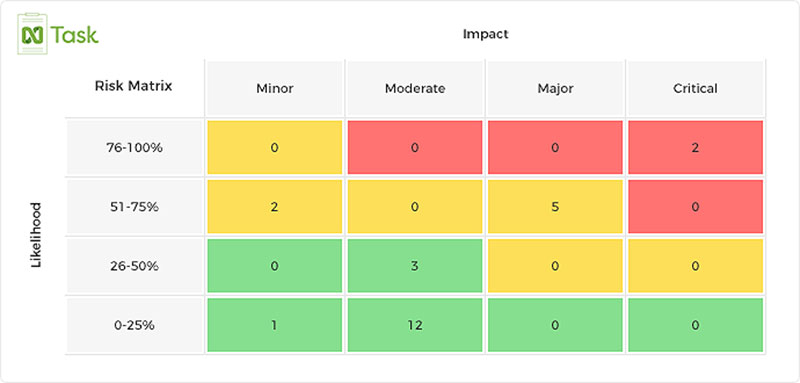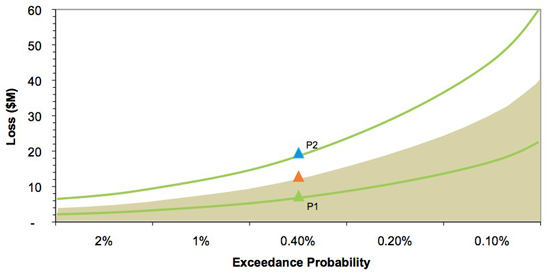

The concept of “risk and return” is that riskier assets should have higher expected returns to compensate investors for the higher volatility and increased risk.īroadly speaking, there are two main categories of risk: systematic and unsystematic. In the Capital Asset Pricing Model (CAPM), risk is defined as the volatility of returns. Organizations can always choose to accept risk and accommodate it as part of ongoing operations.In finance, risk is the probability that actual results will differ from expected results. Through insurance and third-party service arrangements, organizations can transfer some risk to outside parties. Controls and processes can be implemented that help mitigate and minimize risk in many different areas. Organizations can alter choices and decisions to avoid risky activities.

The following techniques and tactics are commonly used by organizations to manage risk exposure: While this equation is admittedly simple, it could serve as a baseline indicator for prioritizing risk in risk mitigation programs. Risk exposure = risk impact ($2,000,000) x probability (0.5) In a simple risk exposure equation, this would work out to: For example, an organization might have a 50% likelihood of being hit by ransomware (0.5 probability) the impact is determined as $2 million in recovery, consulting fees and loss of revenue (this is a complicated metric for impact). Thus, organizations must know the total loss in dollars, as well as a percentage representing the probability of the risk occurring. Risk exposure = risk impact x probability Here is another simpler way of describing this equation: Risk exposure = probability of risk occurring x total loss of risk occurrence To calculate risk exposure, analysts often use an equation similar to this: These could include cybersecurity issues like breaches, data exposure, failure to meet service-level agreements and many more. Organizations can be liable legally for a wide range of transgressions. Security breaches are significant avenues of risk exposure, especially if sensitive stolen data is posted online for others to access. Compliance risk is an organization's potential exposure to legal penalties, financial forfeiture and material loss, resulting from its failure to act in accordance with industry laws and regulations, internal policies or prescribed best practices. These events range from customer service failures to outages, breaches or other types of cybersecurity issues. Organizations incur brand damage when the image of the brand is undermined or made obsolete by events. There are many different types of risk exposure, but the most common include the following:
RISK PROBABILITY LOSS WHO DEVELOPED SOFTWARE
Examples of speculative risk might be the choice of a software platform that is later susceptible to critical vulnerabilities or a choice to keep all backups on-site, which are later infected by ransomware. Speculative risk is a type of risk that occurs based on actions an organization takes - and their subsequent consequences. Most organizations are exposed to at least some pure risks, and preemptive controls and processes can be created that minimize loss, to some degree, in these pure risk circumstances. Pure risk exposure is a risk that cannot be wholly foreseen or controlled, such as a natural disaster or global pandemic that impacts an organization's workforce. There are two primary categories of risk exposure: pure risk and speculative risk. What are the different categories and types of risk exposure? The level of risk an organization is prepared to accept to achieve its goals is called its risk appetite. The objective of the risk exposure calculation is to help determine the overall level of risk the organization can tolerate based on the benefits and costs involved. Losses may include legal liability, property loss or damage, unexpected employee turnover, changes in demand, payment of ransom to cybercriminals, or other activity that could result in either a profit or a loss for the business. Risk exposure in business is often used to rank the probability of different types of losses and to determine which losses are acceptable or unacceptable. The level of exposure is usually calculated by multiplying the probability of a risk incident occurring by the amount of its potential losses. Risk exposure is the quantified potential loss from business activities currently underway or planned.


 0 kommentar(er)
0 kommentar(er)
